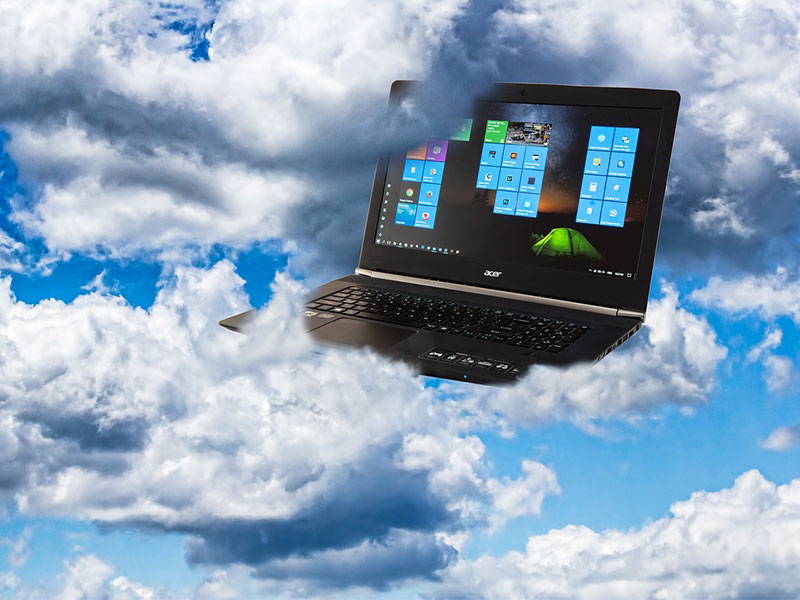Let’s have a deeper insight into data virtualization and virtual desktop infrastructure (VDI), which materializes the virtual data access, storage, and management, and also the major benefits of VDI technology.
What Is Virtual Desktop Infrastructure (VDI)?
Virtual desktop infrastructure is a cloud-based virtualization technology to access, store, process, and manage data and processes more effectively and efficiently without having dedicated on-premises hardware infrastructure. You need a professional data visualization developer or a data scientist to make most of the VDI technology and virtual computing resources by processing and presenting your data more effectively.
According to the Markets and Markets projections, the total market size of data virtualization will reach $4.12 billion by 2022 from just $1.58 billion in 2017 with a whopping growth rate of 21.2% CAGR. This report further predicts that the internet of things IoT, bring your own device BYOD, industrial automation, SaaS services are the major sources that will increase the volume of data enormously. The management of that big data in a traditional computing environment is a big challenge and unfeasible in terms of cost and contingency.
Major Benefits of VDI
Virtual desktop infrastructure (VDI) technology is the fundamental component that drives the growth of the virtualization of data, which plays a major role in the success of modern businesses. The global market size of virtual desktop infrastructure technology is projected to reach $13.45 billion by 2022 from just $7.08 billion in 2016 with over 11.4% CAGR during the forecast period.
To cater to the continual increase in the VDI market-size, the demand for data developers has also increased across the globe. The increased demand for developers increases the data developer salary substantially in the major software and data processing markets. Due to the virtual and flexible nature of VDI technology, the enterprises can achieve a few major benefits as mentioned below.
-
Increased Security – VDI separates the physical infrastructure of devices from the company resources virtually located in the cloud. This boundary allows additional security to the company data and resources. Entire data and applications residing at the virtual server in the cloud will allow security personnel to maintain a high level of security of the resources. Any mobile or desktop user can easily access resources remotely through a browser without taking any special security measures on your mobile device.
-
Efficient IT Management – In any business, the role of IT management is very high, especially in technology-oriented businesses. By using VDI technology, the entire management of IT processes will be much easier at a centralized location. IT engineer is not supposed to manage each and every device used by employees in the workspace. This allows effective use of the Bring Your Own Device BYOD model in businesses.
-
Enhanced Remote Working – VDI technology allows every user to access the virtual desktop created over the virtual server through any supported browser from anywhere in the world. So, adding remote workers in your team becomes a great and desirable option.
-
Greater Transparency and Control – VDI allows greater transparency, traceability, and control over the use of applications and enterprise resources. It is much easier and transparent to contain the misuse of resources and unwanted applications.
-
Cost Saving – VDI is a virtualization technology, which shares the computing resources for efficient use to reduce the operational cost. Using VDI services, enterprises save substantial upfront costs for servers, OS, applications, and laptops. The efficient use of resources reduces the cost significantly.
Final Takeaway
Virtual desktop infrastructure is one of the best IT solutions for all sizes of businesses due to low operational cost, centralized management, better security, and flexibility. VDI needs no upfront capital required for purchasing costly hardware and software licenses. It allows effective implementation of BYOD and the internet of things IoT.
Author’s Bio
Anastasia is a passionate writer and Information Technology enthusiast. She works as a Content Manager at Mobilunity, a provider of dedicated development teams around the globe. She is fond of keeping abreast of the latest news in all areas of technology, Agile project management, and software product growth hacking, at the same time sharing her experience online to help tech startups and companies be up-to-date.







0 Comments